By Olivia Loren. This post on Croatian peka contains affiliate links to trusted partners!
If there’s one dish that truly captures the essence of Croatian cooking, it’s the peka — a traditional one-pot meal that has been savored by generations of Croatians.
The history of peka can be traced back to ancient times when shepherds in the Dalmatian hinterland would cook their food under a bell-shaped lid that was buried in hot coals.
Over time, this cooking method evolved and was refined to become one of the most beloved and long-standing dishes in Croatian cuisine.
Today, peka remains a staple of Croatian households, especially during family gatherings and celebrations.
The dish is made by slow-cooking a combination of meat, vegetables, and herbs in a covered dish that is then placed over hot coals. The result is a rich and flavorful meal that is both hearty and satisfying.
Now, let’s take a closer look at this beloved Croatian dish. Keep reading to learn how to make it at home — plus tips and tricks to ensure that your peka turns out just right.
So, without further ado, let’s dive into the delicious world of Croatian peka!
Visiting Croatia? One of the best ways to immerse yourself in local culture is through a food tour. Click here to view the top tasty tours in Croatia!
Croatian Peka: A Tasty & Traditional One-Pot Dish (With Recipe!)
What Is Peka?
Peka is a Croatian dish typically made with meat or seafood and an assortment of vegetables.
The name “peka” refers to both the meal and the dome it is cooked under. It is a family-sized batch of meat, potatoes, and vegetables cooked in an iron dome over a pile of fiery embers.
In the Croatian language, the word peka comes from peći, which means to bake or roast.

Understanding Croatian Peka
This unique dish has its roots deep in Croatian history, with traces of ceramic baking lids as old as 800 BC found on Croatian territories. During this period, ancient tribes would prepare large meals outdoors or in an open hearth.
Many houses back then did not have kitchens inside. Instead, they had a living area and a separate area with a fireplace, where all meals were prepared over the fire.
Even during Roman rule, Croatians maintained their love for this one-pot meal despite the Romans’ influence on other food styles. This makes peka one of the oldest dishes in Croatian cuisine, and one that is still enjoyed to this day.
Peka is composed of three main elements:
- wood,
- fire,
- and iron.
The type of wood used in the preparation of peka is crucial to the dish’s overall flavor profile. It is best to use a combination of slow-burning wood (like beech or oak) and branches (grapevine and olive). Gathering enough wood is important to ensure that there are enough hot, glowing embers.
Next, there is the fire. The fire is the catalyst that transforms the raw ingredients into a succulent and savory meal. The heat from the coals infuses the meat and vegetables with a rich, complex flavor, while the slow cooking process ensures that the meat remains tender and moist.
Finally, there is the iron. The iron dish, known as the peka, is the vessel that brings everything together. The lid of the dish traps in the heat and smoke, allowing the ingredients to cook slowly and evenly. This method of cooking produces a tender and flavorful meal that is both hearty and satisfying.
Together, these three elements form the backbone of peka and make for a truly unique cooking experience.

Preparing Peka: What To Know
Preparing the peka is a lengthy affair. It takes three and a half hours for this one-pot dish to be complete, and the cooking process begins with lighting a wood fire.
After about an hour, when the fire burns down to embers and ash, the meat and potatoes are strategically placed inside the iron dish before being topped off with lard.
It is important to lay the meat down on the bottom of the pan and the potatoes on top. This method ensures that the meat remains juicy and cooks to perfection.
The pan is then covered by a 15-pound iron bell that seals in all of the moisture, channeling the steam that condenses inside the lid back onto the food.
The embers and ashes are then piled on top and around the peka to create a small “oven” and cook the dish evenly from all sides.
Halfway through the cooking process, the peka lid is removed and the meat is placed on top of the potatoes so that they can soak up all of the meat drippings. This also allows the meat to roast, brown, and get crispy.

Eating Peka
Peka is always served family style, so be prepared to share! When ordering peka, you may have the option to pick your protein. Lamb and octopus are most popular, but peka can also be made with chicken and veal.
Eating fresh, local, and in season has been the way of life of Croatian people for centuries, which is why peka is always served with a crisp salad made up of seasonal greens.
Of course, no Croatian meal is complete without a loaf of freshly baked bread for soaking up all of the delicious sauce from the pan.
It is important to note that peka is not an everyday meal in Croatia, as it does require a significant amount of time and effort to prepare.
With the fire preparation taking 1 hour and slow-cooking process taking anywhere from 2-2.5 hours, this Croatian dish is typically reserved for special occasions, large gatherings, or weekends when there’s a little extra free time to spare.
However, this doesn’t mean that peka is an intimidating or overly complicated dish to make. With a little preparation and some patience, anyone can make a delicious and authentic peka at home.
That being said, if you’d rather leave it to the peka masters, there are plenty of places you can try this tasty dish in Croatia.
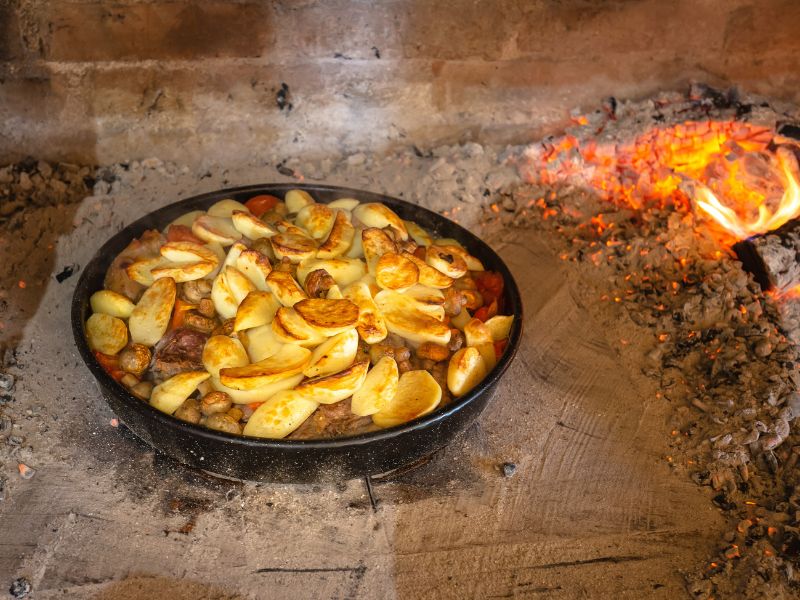
Where To Try Peka In Croatia
Numerous restaurants offer peka in Croatia. Whether you are traveling along the coast, staying in Zagreb, or spending time on Pag Island, you’ll have plenty of options to choose from.
For a truly authentic experience, it is highly recommended to visit one of Croatia’s many konobas (taverns). These traditional restaurants offer an intimate atmosphere and home-cooked cuisine; the perfect backdrop for your peka experience.
If you are planning on ordering peka at a restaurant, it is good to remember that most kitchens require advance notice. Be sure to call ahead or visit the restaurant the day before and let them know that you would like to order peka. This way, they can plan to have it ready for you when you arrive.
Traditional Croatian Lamb Peka Recipe
Fire preparation time: 1 hour
Cooking time: 2-2.5 hours
Serving size: 4-6 people
Peka ingredients:
- 2kg lamb shoulder, cut into large pieces
- 2 large tablespoons of lard (or ½ cup vegetable oil)
- 1 kg potatoes, peeled and sliced
- 1 large onion, quartered
- 2-3 carrots, roughly chopped
- 1 red bell pepper, quartered
- 4-5 garlic cloves, halved
- 2 sprigs of fresh rosemary
- 1 tbsp sweet paprika
- 1 tbsp Vegeta (vegetable stock powder)
- Salt and pepper, to taste
- ½ cup dry white wine
- ½ cup water
Peka cooking instructions:
1. Start by making a fire outdoors, preferably in a fire pit or a grill with a lid. Allow the fire to burn for about an hour, until the wood has turned into hot coals.
2. While the fire is burning, prepare the lamb and vegetables. In a large bowl, mix together the potatoes, onions, bell pepper, carrots, garlic, olive oil, rosemary, thyme, paprika, salt, pepper, and Vegeta. In a separate bowl, season the lamb with salt and pepper.
3. Once the fire has burned down to hot coals, use a metal shovel or tongs to spread the coals evenly across the bottom of the fire pit or grill. Be sure to leave some space around the edges for air to circulate.
4. Place Croatian peka oven (a cast-iron or ceramic dish with a lid) directly on top of the hot coals, and pour in the water and wine.
5. Place the lamb on the bottom of the pan first, then the vegetable mixture on top, spreading it out evenly. If using lard, add it on top of the vegetables and meat.
6. Cover the peka dish with the lid and use a metal shovel to heap some hot coals on top of the lid, creating a seal.
7. After about 1 hour, remove the peka lid and move the meat on top of the potatoes. Replace the lid and place hot coals over the top.
8. Allow the peka to continue cooking for another 1-1.5 hours, or until the lamb is tender and the vegetables are cooked through.
9. Use a metal shovel or tongs to carefully remove the peka dish from the hot coals.
10. Let the peka rest for a few minutes before serving.
11. Serve the meat peka hot, garnished with fresh herbs if desired.
This traditional peka recipe with lamb is a delicious and authentic Croatian dish that’s perfect for sharing with family and friends.
The fire preparation time may seem long, but it’s an essential part of the cooking process that ensures the meat is roasted to perfection.
Serve with bread and a glass of wine for the ultimate Croatian dining experience. Enjoy!

Final Thoughts On Croatian Peka
Peka is a tasty and traditional one-pot dish that is a must-try for anyone visiting Croatia.
Despite its humble origins, peka has become a staple of Croatian households — often enjoyed during family gatherings and celebrations. It’s a dish that’s been refined and perfected over time, and it’s become an integral part of Croatian cuisine.
Whether you’re a meat lover or a vegetarian, peka’s versatility and adaptability mean that it can be prepared with a variety of ingredients. Plus, the slow-cooking process ensures that the flavors are rich, complex, and deliciously satisfying.
From the wood, fire, and iron that go into making it, to the incredible flavors that come out, peka truly is a dish like no other. So if you’re looking to experience the rich flavors and traditions of Croatia, give peka a try!
Have you tried Croatian peka?
Enjoyed this Croatian peka dish recipe? Pin it for later!
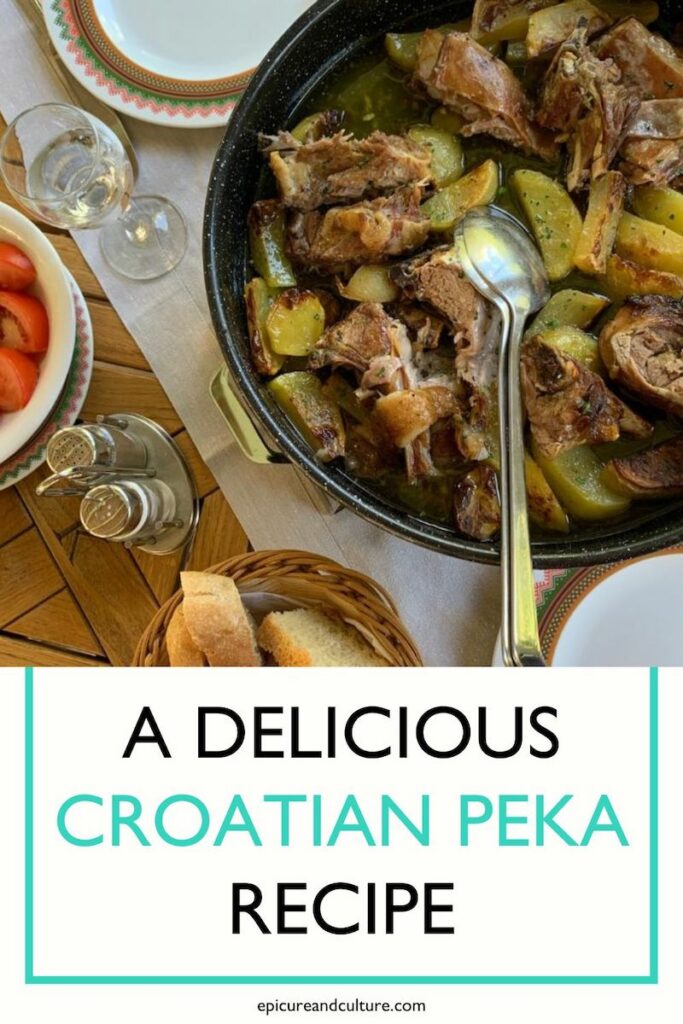
About The Author
Olivia is an American with Croatian roots who is passionate about traveling and experiencing new cultures. After taking a leap of faith and leaving her home in the USA to study abroad in Croatia, she fell in love with the beautiful Mediterranean nation and now calls it home. She has spent nearly 10 years exploring all that Croatia has to offer and loves to share her knowledge with fellow travelers. She founded Inspired by Croatia, a travel blog dedicated to helping visitors discover the best of Croatia.


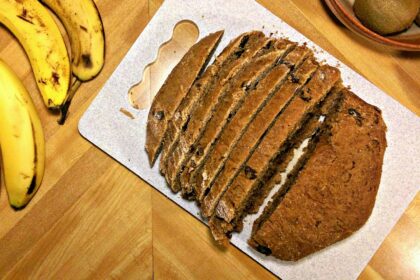
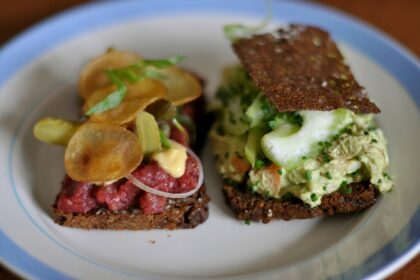

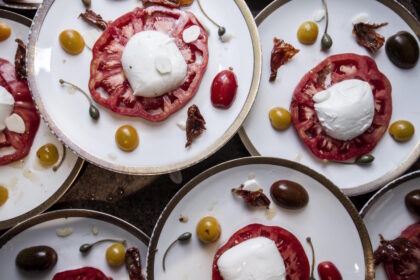
https://alnoororchardlahore.com/
Thank you for this beautiful sharing! Truly learning really a lot from you! Your skills are so amazing and wonderful, I love it!
Tealive Menu boasts a vibrant array of tantalizing beverages that cater to every tea enthusiast’s cravings and preferences. From classic milk teas to innovative fruit concoctions, each item on the menu is meticulously crafted to deliver a delightful experience with every sip.
https://www.tealivemenu.com/